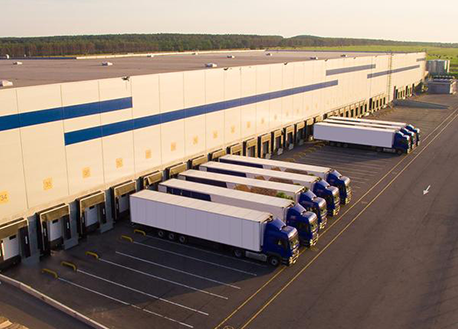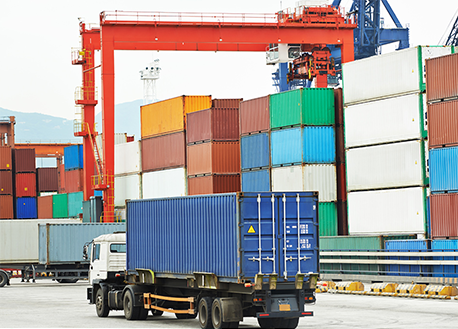
Technology, demographics and the cost associated with moving goods from manufacturer to the consumer are causing major changes in logistics and supply chain management driving increasing growth in demand for warehouse space.
To determine what opportunities exist, we must understand what drives demand for warehouse space in the logistics/supply-chain industry. E-Commerce, Millennial Generation, and Shifting Corridors of Trade are the chief factors disrupting the historic supply-chain industry. For example:
- Online purchasing of goods is growing at an exponential rate disrupting how and where people traditionally shopped and how products move around the country.
- Waiting weeks for goods you ordered to arrive are gone. At a minimum, today’s generation expects 1-2 day delivery and the growing trend is to expect deliveries within hours of placing an order. Companies are scrambling to find ways to support this “Last Mile” for the delivery of goods to the customer.
- The Millennial generation prefers to live, work and play in centralized areas of cities with convenient transportation alternatives. We refer to these cities as Millennial Magnet Cities.
- Transportation is the largest cost in the supply chain. The expansion of the Panama Canal allows container ships to economically reach east coast ports in the U.S. which is where the majority of the consumer population lives. This is creating the need for additional warehousing in emerging markets to support the demand.
- Trucking regulations along with increased fuel and labor costs have made rail an attractive alternative for moving goods. Again, creating additional demand for warehousing to support the movement of goods in underserved markets.
Plus, there is an undersupply of industrial distribution space in the US projected by most brokerages to last at least 20 years, based on top-of-cycle supply and demand dynamics. Recessionary periods may extend this imbalance. The undersupply is more pronounced in certain locations we’ve been able to identify.
TCG Target Markets
Backed by a combination of strong demand and current opportunity, TCG is focused on executing industrial property acquisitions that support the “Last Mile” and emerging regional distribution solutions for the logistics industry. All markets targeted by TCG have been identified by the logistics industry as critical current or future locations to effectively respond to consumer demand amidst the changes noted herein. Our strategies are:
- To acquire and develop mission-critical warehouse and distribution assets in urban infill and emerging regional distribution locations with a supply-demand imbalance.
- To focus on the fastest growing cities, close to population densities, which are heaviest in demand from logistics and retail industries and have Class I rail, interstate highway and critical intermodal service
- The Millennial generation prefers to live, work and play in centralized areas of cities with convenient transportation alternatives. We refer to these cities as Millennial Magnet Cities.
- To focus on areas where trends are forcing changes in traditional corridors of
- To create value through lease-up, rollover, renovation, expansion, division, or new construction in supply-constrained locales
Our approach focuses on opportunities in the logistics industry where real estate fundamentals and higher than average demand from distribution users intersect.
After closely tracking industrial distribution/supply-chain trends, TCG uses a demand-based approach to investing in existing properties at prices below replacement cost in markets with demonstrable rental growth and opportunistic ground-up development projects.
Each investment opportunity is strenuously tested by TCG for sustainability within this emerging economic and business environment, and scrutinized for its fundamental economic strength and ability to achieve a meaningful competitive advantage in the marketplace.

